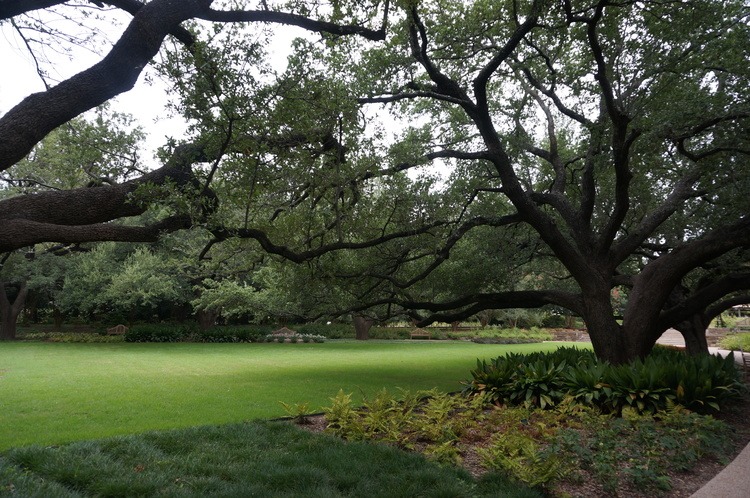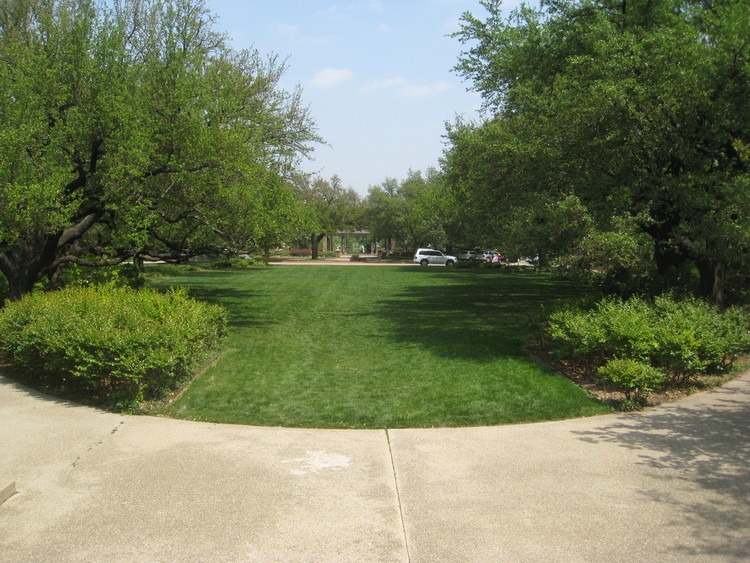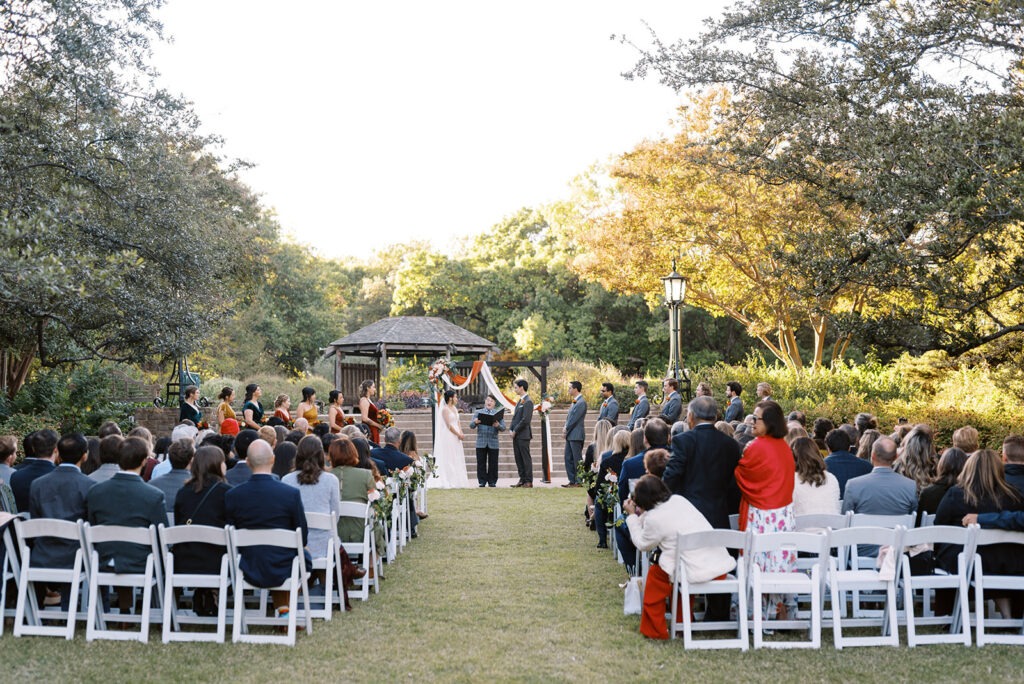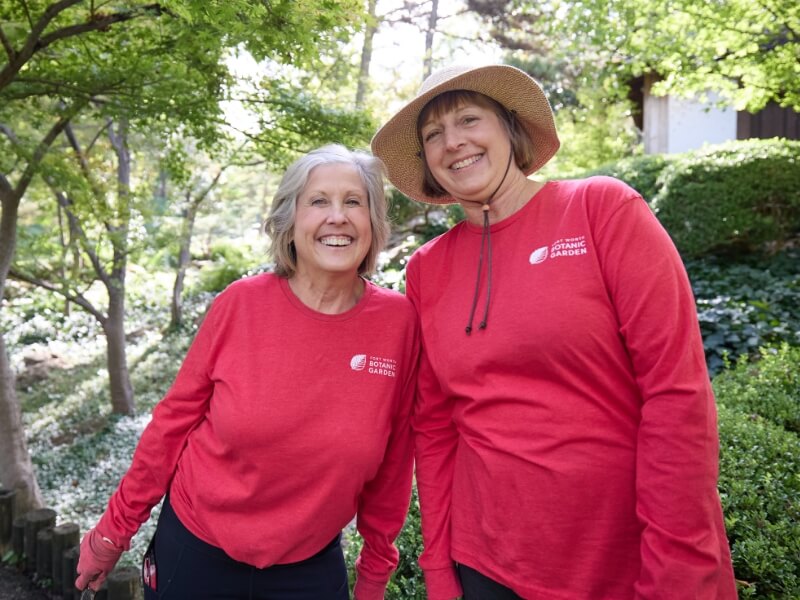Horseshoe Garden
The Horseshoe garden is home to allées of majestic live oak trees and shade-tolerant perennials that line a lush lawn. Located between the Rose Garden and Trial Garden, this garden is perfect for strolling on a beautiful Texas day.
The Horseshoe Garden is a rentable venue. Wedding tours of the Horseshoe are available by appointment only, to make an appointment please call 817-463-4150 or send us an email at events@brit.org.
Garden Gallery
Lightbox
FWBG | BRIT
Interactive Map
Explore our interactive map to plan your route and locate gardens, amenities, and attractions throughout the Fort Worth Botanic Garden.
See Also:
Carousel items






